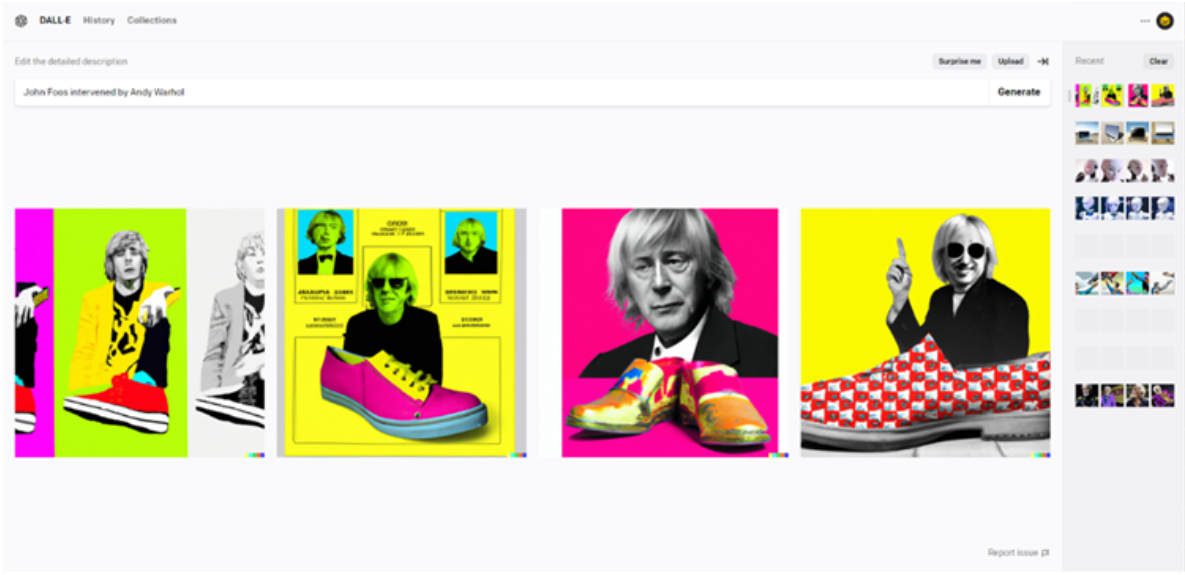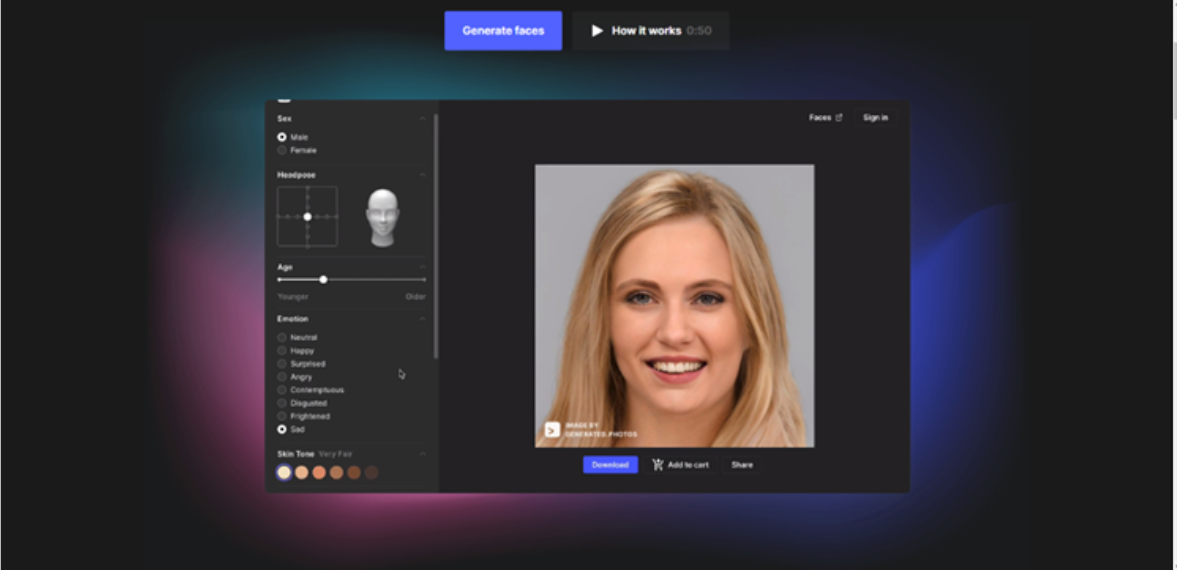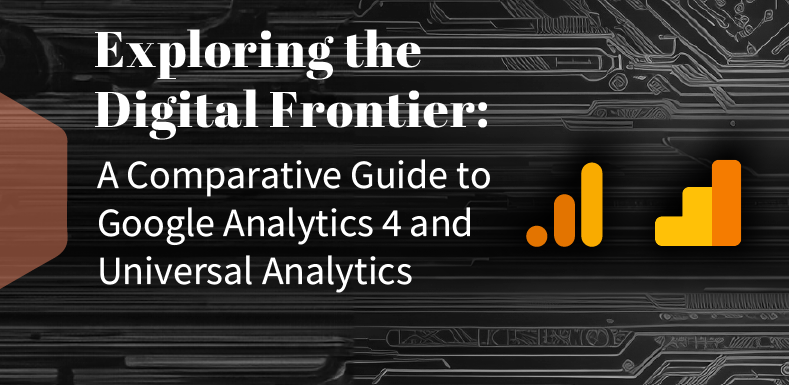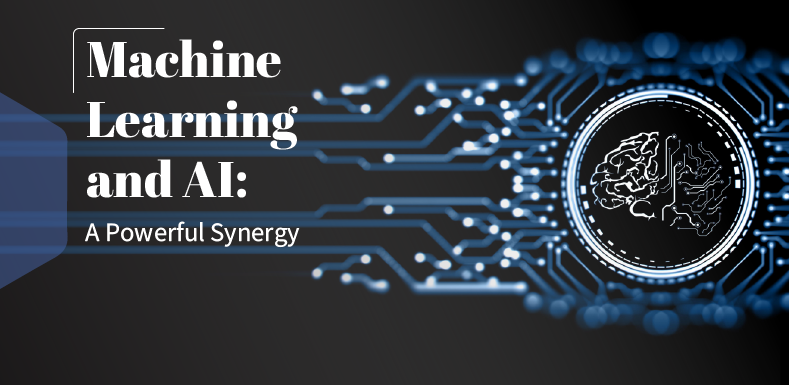For a long time now, marketing automation has been a valuable tool for companies looking to improve their efficiency and increase their profitability. However, in the last few years, the emergence of artificial intelligence (AI) has transformed the way in which companies tackle marketing automation.

AI has allowed businesses to enhance customization, make better-informed decisions and further optimize their campaigns. As we go into the future, AI and marketing automation will continue to evolve and give way to exciting opportunities for companies seeking to maximize their potential.
In this article, we will discuss three of the most ground-breaking tools in the current AI universe.
ChatGPT
ChatGPT is a natural language model developed by OpenAI that uses AI and machine learning to answer questions and generate dialogue in real time. GPT stands for “Generative Pre-trained Transformer”, the approach used to train this model. This tool can process and understand natural human language, and is therefore able to provide coherent and relevant answers to questions and comments, and even carry on fluent conversations with users.
ChatGPT can be used in many contexts, such as in customer service chatbots, virtual assistants or marketing automation tools. It is one of the most advanced technologies in the field of natural language processing and AI, and it is expected to become even more popular in the future.
This language model is optimized for dialogue, which means it was trained by its developers to answer questions made by users, and it is even capable of creating a marketing strategy for your business.

We tested ChatGPT by asking it to create a digital marketing strategy
As we can see, this tool can create a strategic plan and provide us with insights on how to succeed. However, in order to apply these steps and bring them to life in a real scenario, one would still need the know-how.
DALL-E 2
DALLE-E 2 is the second version of an AI model developed by OpenAI, which can create images based on textual descriptions. The names of surrealist artist Salvador Dalí and Disney Pixar’s animated character WALL-E were merged to name this tool “DALL-E”.
DALL-E 2 can be used in many ways, such as for creating visual content for advertising and marketing or medical images, as well as for modeling video game and movie landscapes. This AI’s ability to produce images based on text descriptions could have a great impact on the way we create and consume visual content in the future.

Images of a MacBook on the beach, created by DALL-E 2

Images of a MacBook on the beach, created by DALL-E 2
Images of John Foos sneakers intervened by Andy Warhol, created by DALL-E 2
Face Generator
Lastly, Face Generator is a bot powered by a type of AI model whose main function is to generate lifelike human faces. These models use machine learning techniques, such as generative adversarial networks (GAN), to learn how to create natural-looking faces based on data sets obtained from pictures of real people.
This face image generation technology has been rather controversial, as it has been used to generate both images of fictitious people and fictitious images of real people for inappropriate purposes, such as creating fake profiles on social media or manipulating elections and public opinion.
Nonetheless, face image generation technologies can also be used for legitimate purposes, for instance, to create customized avatars for online games and characters for films and animated content.
How can this tool be applied to marketing? We can use it every time we need to create a user persona or provide clients with mock-ups for web applications, websites, or ads, or even when we need to add avatars to “My account” mock-ups. This tool allows us to use the faces of real-looking people without running the risk of facing legal issues.

Human face created by Face Generator
So, at this point we can ask: can AI and marketing automation coexist? The answer is yes! Combining both technologies can facilitate the analysis of big amounts of data to identify optimization opportunities in campaigns, improve the efficiency of audience segmentation, shorten production times, or come up with suggestions more quickly during market research.




